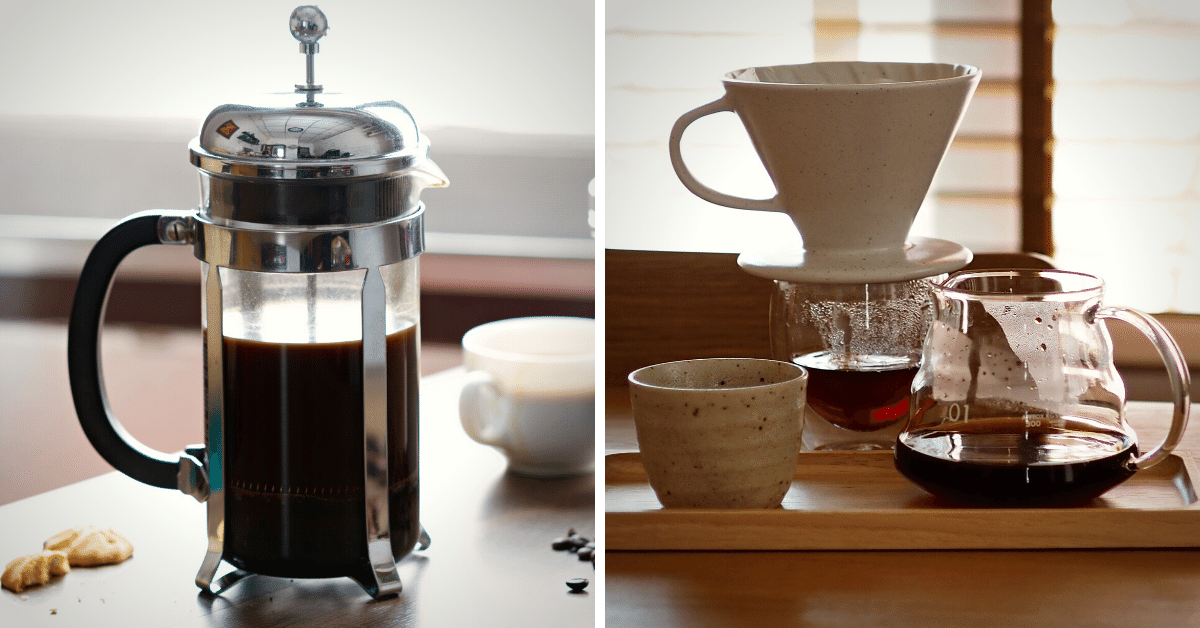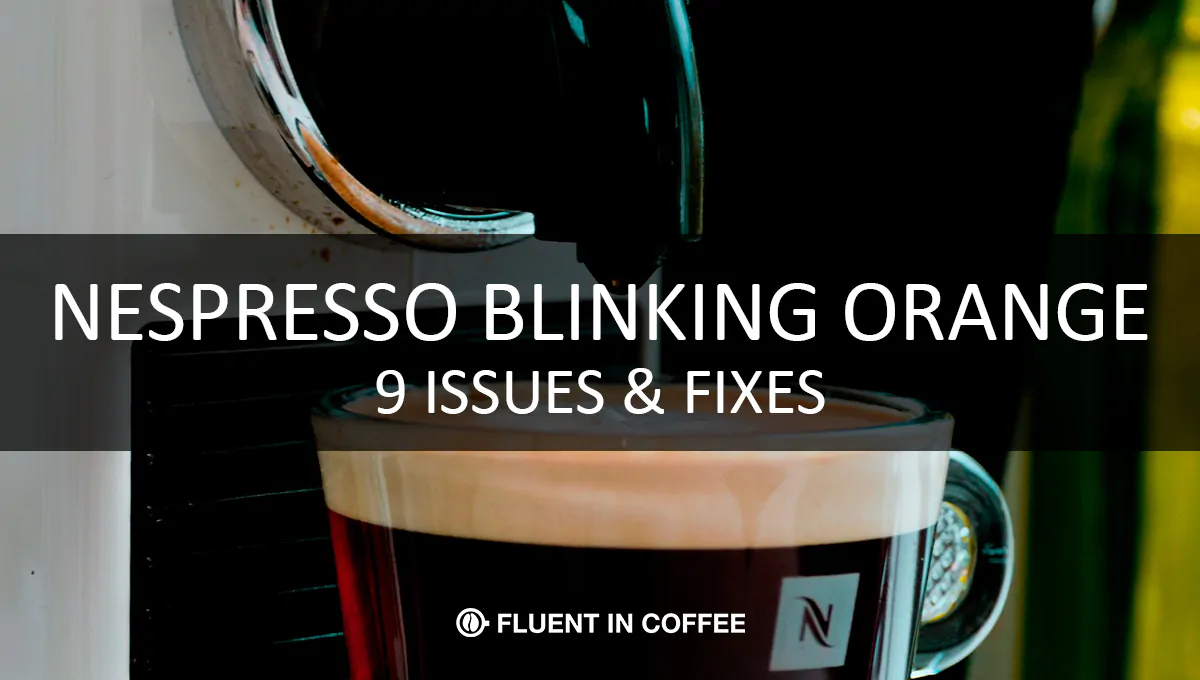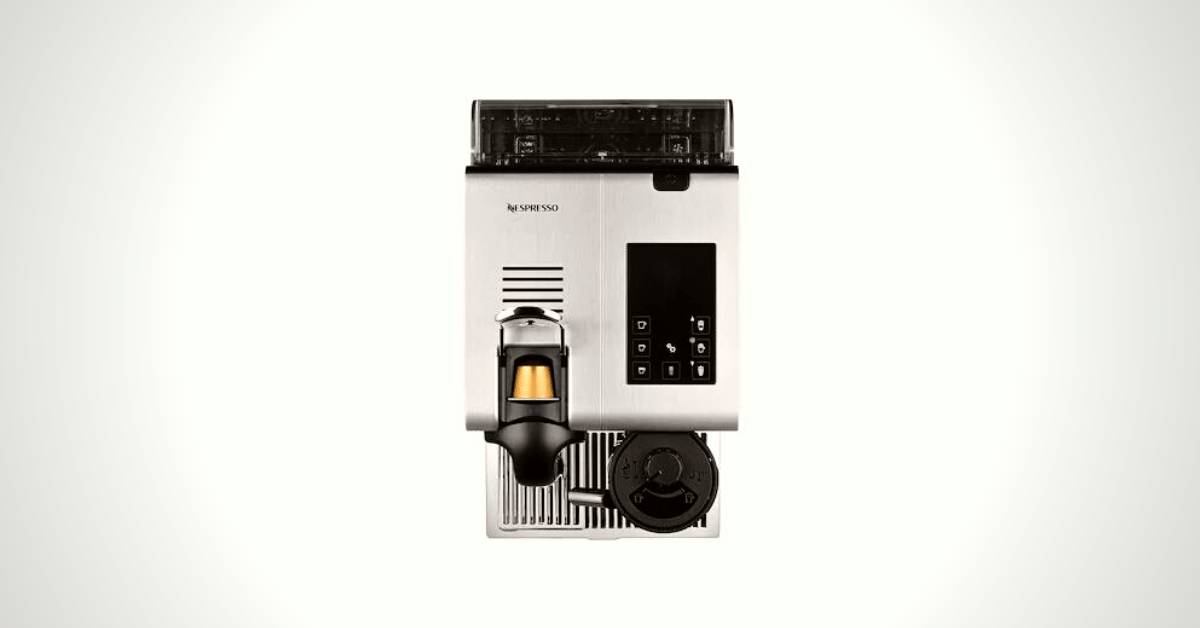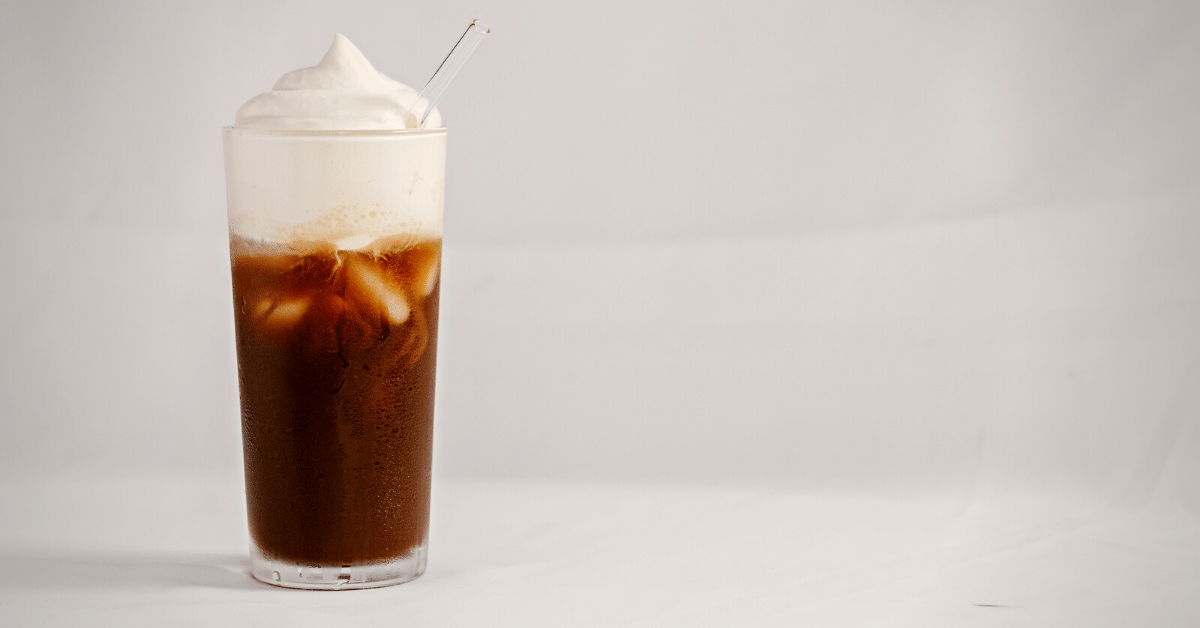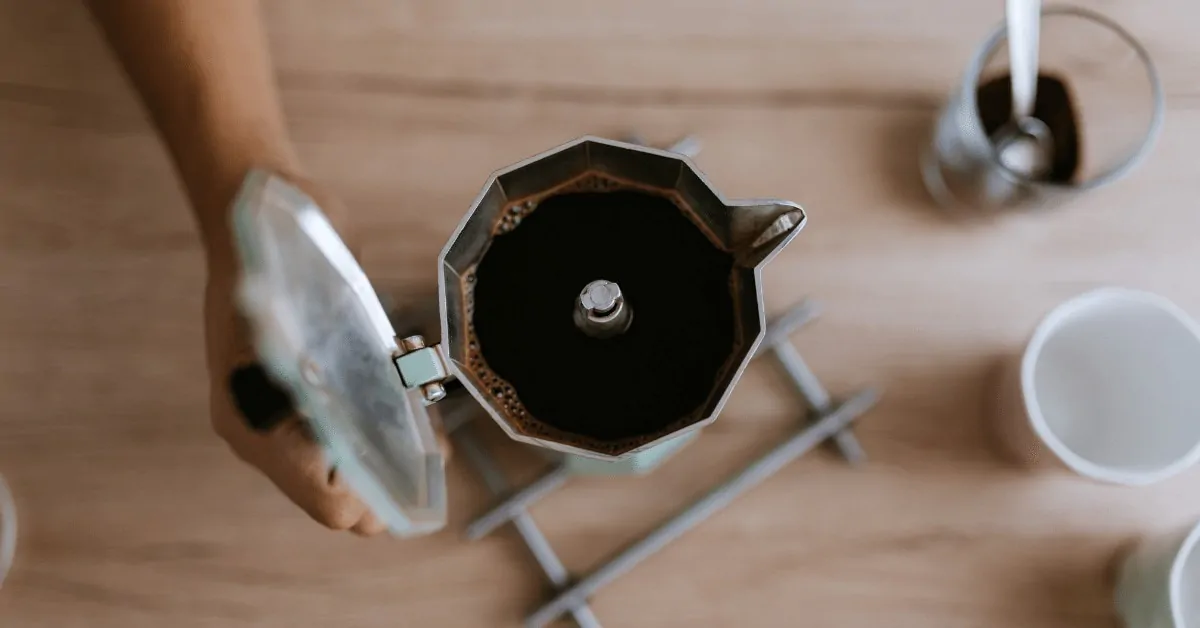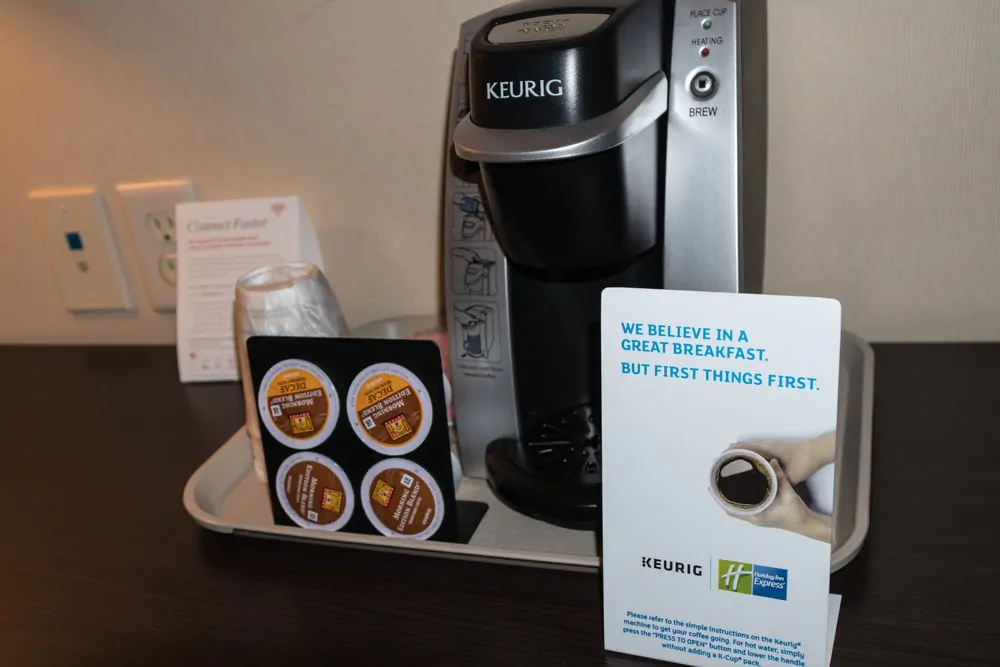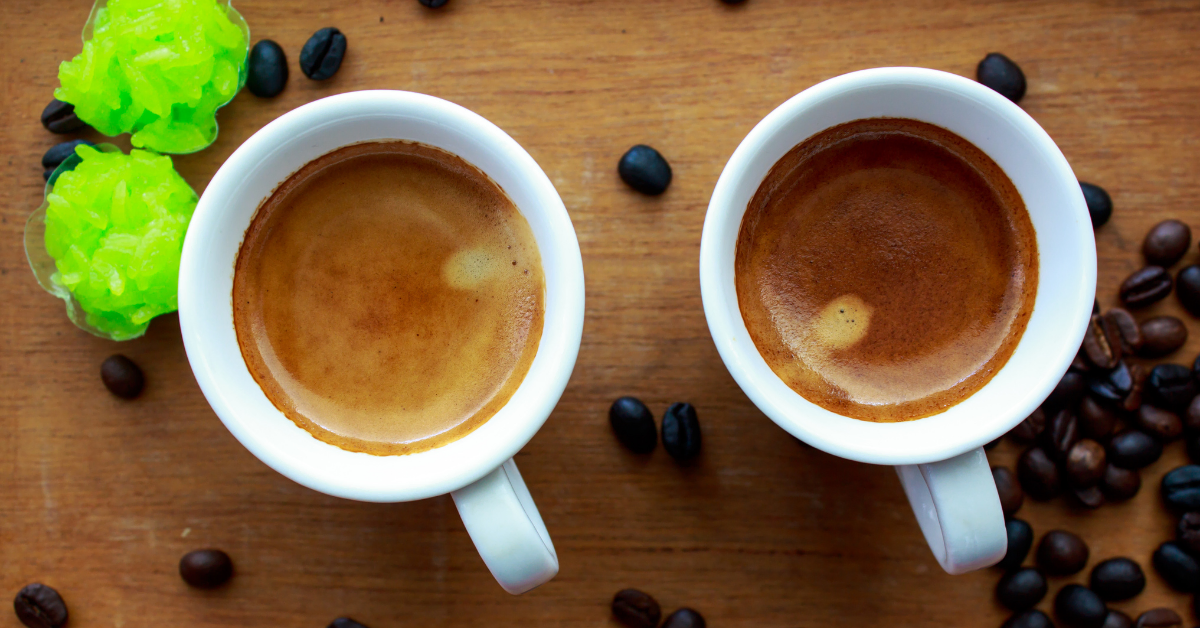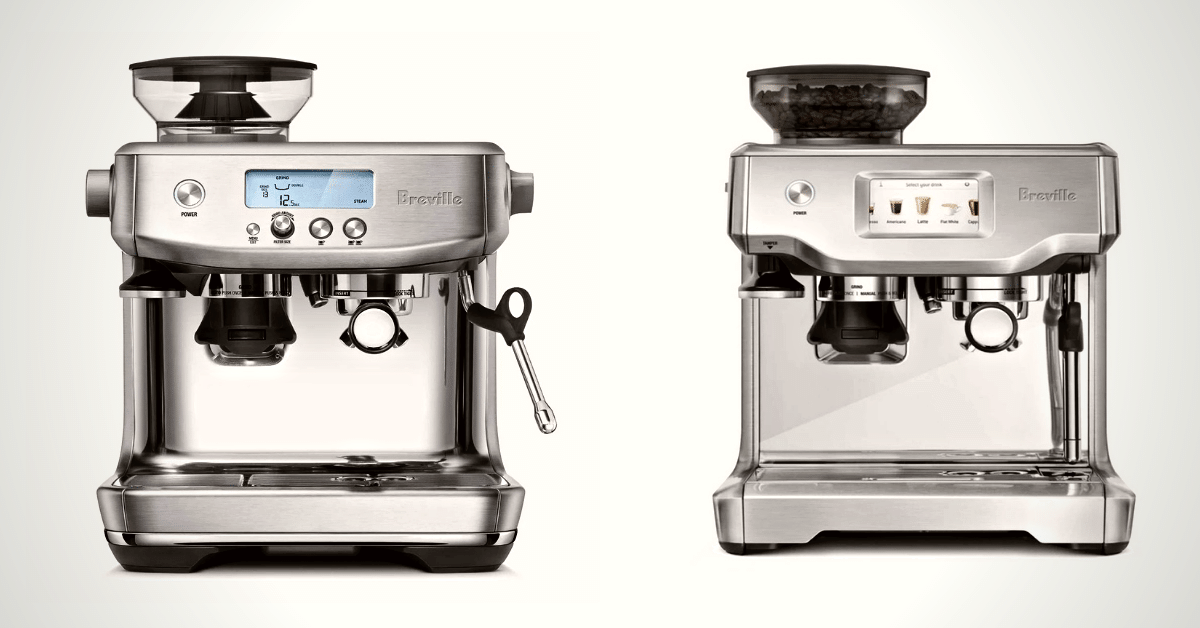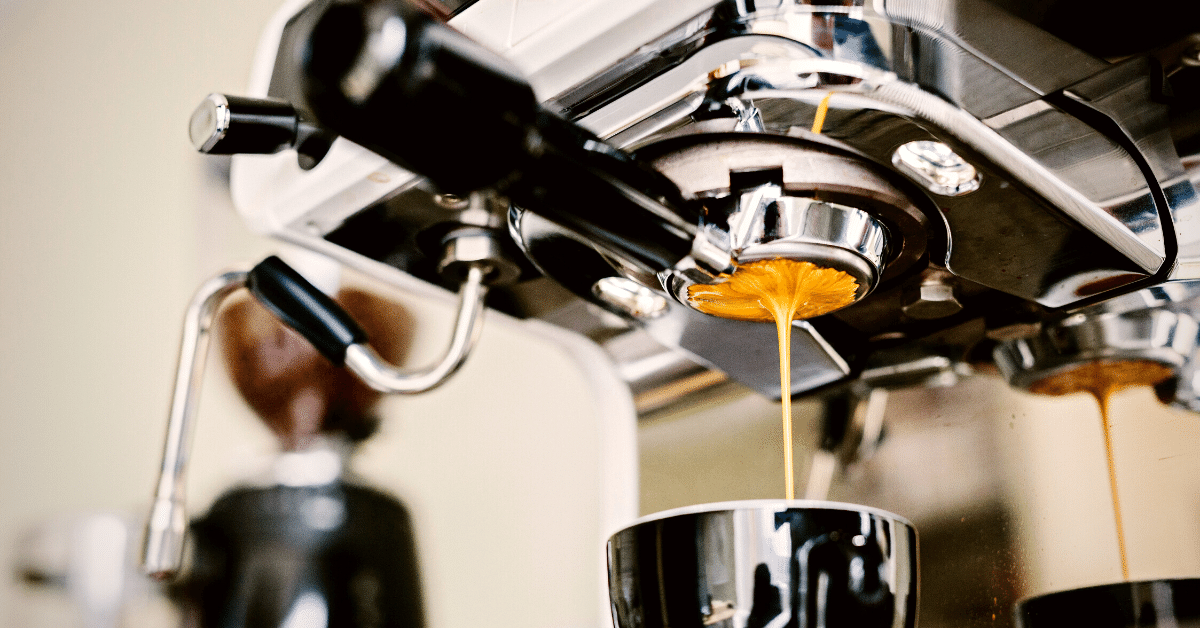French Press vs Pour Over – which one to choose? Check out the ultimate showdown of these coffee brewing methods to find out which is better for you.
Are you looking for a perfect manual coffee brewer, and you’re stuck between French Press and pour over?
Let me help you with this one.
I have used both of these for some time, and I can introduce you to their good and bad sides.
Keep on reading because the battle of French Press vs pour over is about to start.
Let’s go!
What Is French Press?
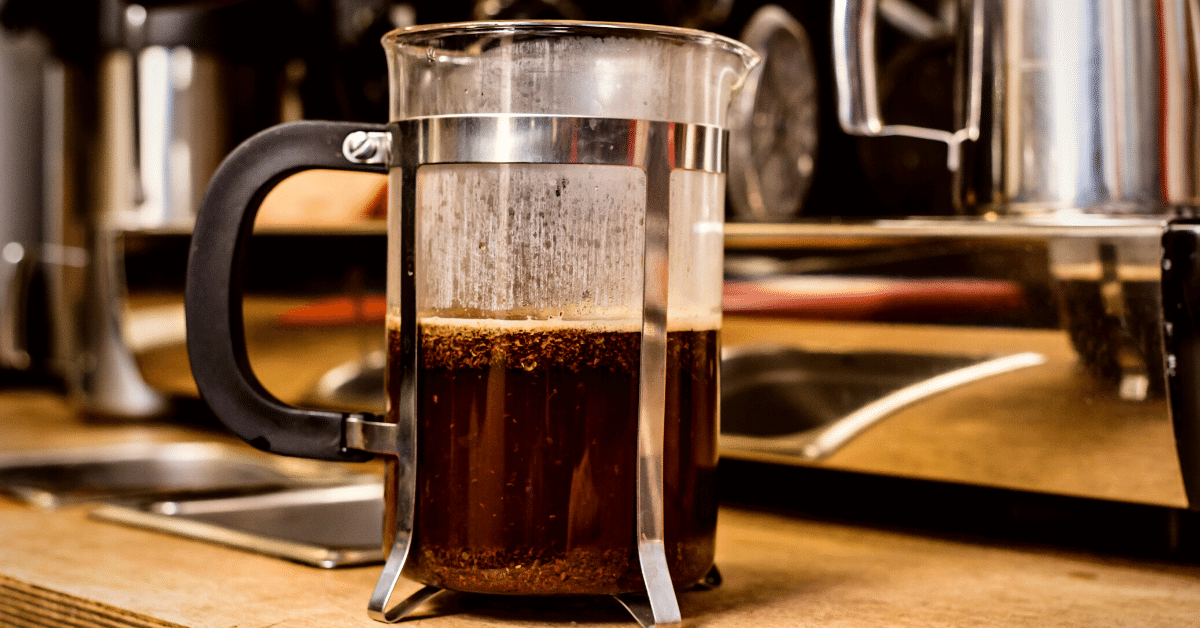
French Press is an interesting little device for manual coffee brewing. Other names for French Press are Cafetiére or Plunger.
It has become really popular nowadays since it’s so simple to use. Even total beginner home baristas can make really tasty coffee using it with no hustle. Plus, it’s quite affordable.
It was invented in the 1920s, ironically, in Italy. Today, it’s most popular in Europe and USA, and it’s a common brewer in many homes.
So, how does the French Press work?
Well, it has a very recognizable design with 3 parts:
- carafe – chamber, or simply, glass
- plunger
- filter – most often made from stainless steel, attached to the end of a plunger
The whole process of making coffee is, as I said, very easy:
- Put the necessary amount of coffee ground into the carafe
- Add hot water (below the temperature boiling) and let the coffee grounds steep
- Push the plunger down, which will push ground on the bottom of the carafe, and separate it from your brew
So what kind of brew can you expect from the French Press coffee maker?
Intensive, bold, and full-bodied coffee. That’s because the stainless steel strainer allows the coffee oil and flavors from the ground to end up in your cup.
But also, it will let through lots of coffee particles, which gives us rich and gritty textured coffee.
Some people hate this, but others don’t mind. That can be fixed by using a coarser coffee grind size or leaving it to settle down at the bottom of your cup before drinking.
Pros of French Press
- It serves downright flavorful coffee.
- It’s very simple to use and excellent for beginner brewers because it doesn’t require too much technique.
- The brewing process is totally customizable. Use a different type of coffee, grind size, or steeping time to get the cup that works best for your taste.
Cons of French Press
- The biggest complaint about French Press is that a lot of finer coffee particles end up in the brew.
- It can be a bit difficult to clean, especially the mesh strainer. My advice, rinse and wash it immediately after brewing.
What Is Pour Over Method?
Pour over is a classical brewing method, and it has a huge fan base.
There are more than a few popular pour over coffee makers, like Chemex or Hario V60.
Brewer on itself is really simply designed. It’s a carafe with a conically shaped upper part, into which you put a conically shaped filter.
Pour over method was invented in Germany in 1908. Lady Melitta Benz was very crafty, and she made the first pour over coffee maker in her garage. She was also the first one to use a paper filter. What an innovative woman!
The filter is the main part, and it’s responsible for the taste of your coffee. There are different kinds of filters, like paper ones, but also reusable stainless steel filters.
The brewing process isn’t complicated, but it requires a little bit of technique and skill:
- Place the filter into the carafe.
- Pour the required amount of coffee ground into it.
- Wet the coffee ground with just a little water. Let it bloom for about 30 seconds.
- Pour the water slowly in a circular motion from the walls of the carafe to the center.
- Don’t pour all the water at once. Pour little by little and give it time to run through the coffee grounds slowly.
And what’s the outcome?
Light, smooth and clear cup of joe.
That’s because the filter is really thick and holds even the finest coffee particles out of your cup. So, you won’t have that gritty texture like with French Press.
Also, the filter will hold oils, so it will be much lighter and clearer than French Press coffee.
NOTE
Drip coffee maker is an automatic pour over coffee maker. With it, you will get filtered coffee without having to pour the water yourself. However, there is a difference in taste between automatic and manual pour over coffee.
Pros of Pour Over
- Pour over coffee is clear, without any coffee particles.
- The carafe is super easy to wash. If you use a paper filter, it simply goes to the trash can. But reusable metal filters are also easy to wash.
Cons of Pour Over
- Pour over coffee has a much less intense and strong flavor. So, if you like your coffee robust and rich, there’s a chance you won’t like a pour over coffee as much.
- Using a paper filter isn’t very ecological since you throw it away. But you can find reusable ones and cut both the expense of buying them and the waste you’re making.
French Press vs Pour Over: The Differences
Now, let’s compare these two, so you can see all the important differences between them.
Brewing method
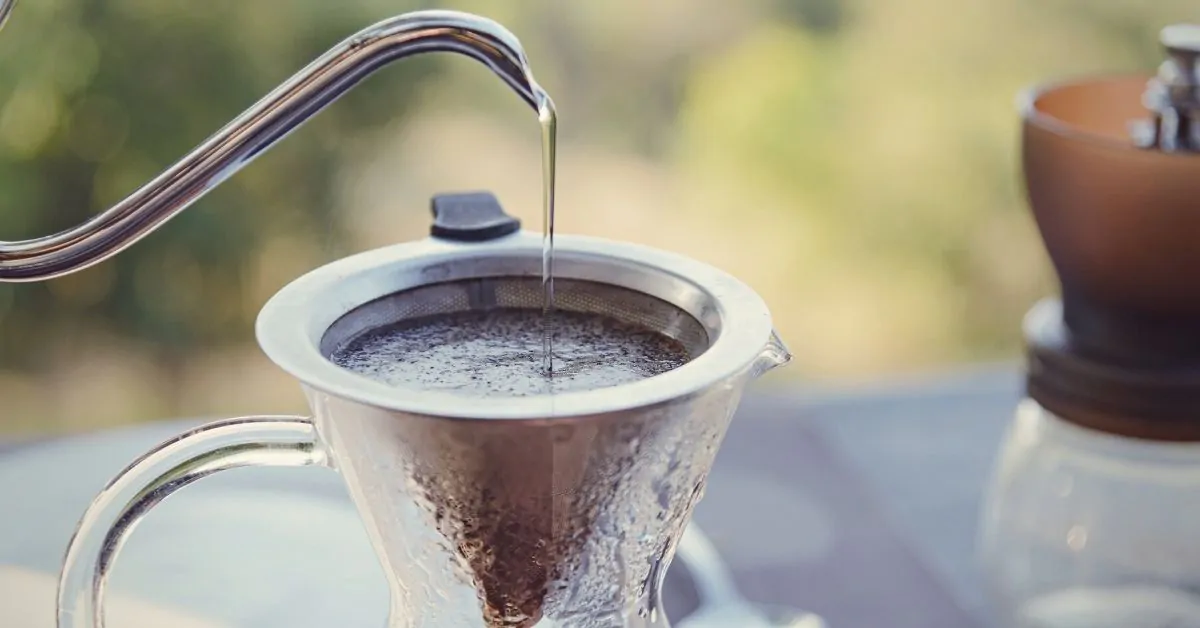
The coffee brewing method that French Press uses is called the immersion brewing method. This means that coffee grounds are immersed in water and left steeping to extract solubles from it.
Coffee solubles are:
- caffeine
- acids
- lipids and fats
- sugars
- carbohydrates
Since ground coffee is sitting in the water, there’s a chance that it will get extracted. But that can be avoided by a shorter steeping period.
Pour over is an infusion method (similar to drip coffee) that uses water flow and gravity. That means we constantly add fresh water over the coffee grounds. And that constant water movement extracts solubles from the ground.
NOTE
The infusion method is more efficient than immersion. That’s because the water flows through the coffee ground and doesn’t have time to become overly saturated. So, more coffee solubles get extracted and end up in the brew.
Coffee taste and quality
Well, these two methods give us two completely opposite types of brew.
French Press coffee is full-bodied, with many coffee particles in it. It has a strong taste, with a lot of flavors and oils from the coffee.
And pour over coffee is clear, light, filtered coffee with no too intense taste. It can be even too flat.
So it’s up to you to choose which one you prefer.
Material and build quality
Built quality comes hand-in-hand with the price.
Both French Press and pour over coffee makers are mostly made out of glass. There are more quality and, therefore, more expensive options. However, you will also find less expensive coffee makers, but the quality of the glass will be lacking.
Nowadays, you can also find Frech Press and pour over coffee makers made of super hard plastic. But I really don’t recommend those. Plastic is not so healthy material, especially in touch with hot water.
PRO TIP
When buying a French Press, look for those with a stainless steel plunger. Those are almost indestructible and can last forever, unlike plungers and strainers made from plastic.
Both French Press and pour over coffee makers can last for a long time if they are made from quality glass and if you take care of it.
Capacity
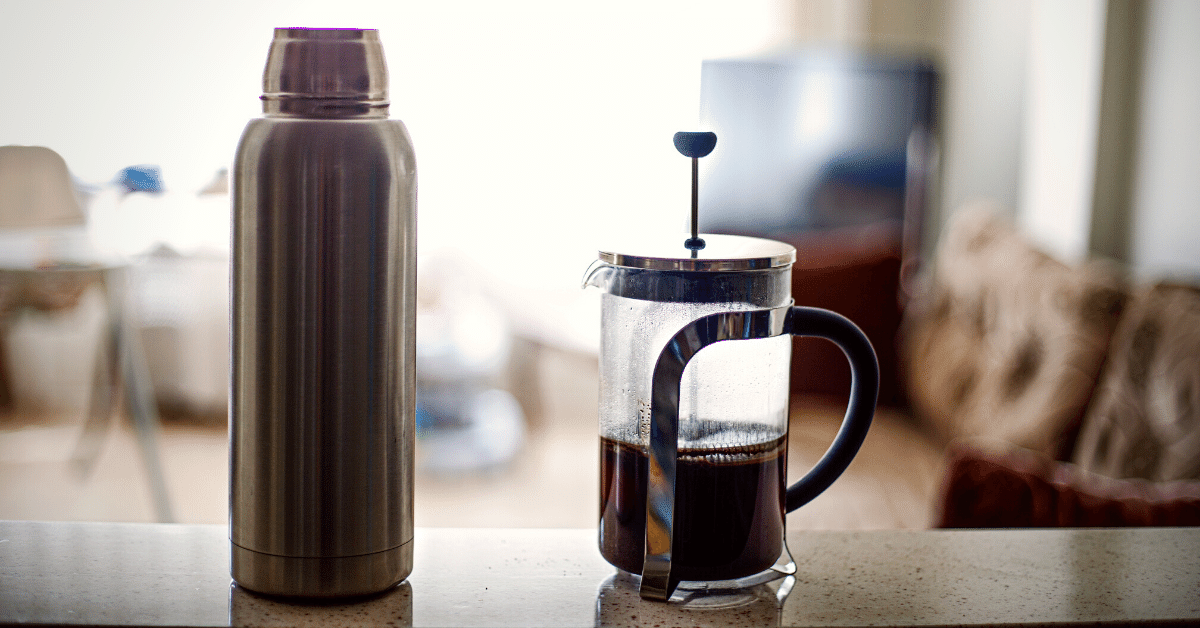
The great thing is that both French Press and pour over come in many different sizes. In both cases, there’s a wide range of capacity, from 8 oz up to 32 oz.
So, whether you need just a single cup or a brewer that can make fresh coffee for a lot of people, you’ll definitely find the right one for your needs.
Ease of use
Neither one of these two is a rocket machine, and you don’t have to be a professional barista to make a wonderful coffee with them. On the contrary, total beginners will be able to brew great cups.
French Press is super easy to use. You almost can’t go wrong with this one. No skills are required, and you don’t have to be too precise with the brewing elements.
Pour over coffee makers are also pretty simple. But you’ll have to learn a few small hacks, like how to pour the water properly. But it’s not too complicated, and then you’ll have an amazing brew every time.
Cleaning
Cleaning a pour over coffee maker is really a no-hassle. The paper filter goes into the trash, and you wash the carafe.
With French Press, it’s a bit more difficult. The strainer can be tricky to clean, as coffee particles can get stuck in it. But, if you rinse and wash the strainer immediately after brewing, it will be much easier.
In Conclusion
And there you have it!
Both French Press and pour over brewing methods are great and can produce excellent brew. But you will get totally different types of brew.
So, you got to know what you are looking for and what kind of coffee you prefer.
Choose French Press if you love:
- strong, full-bodied, rich, and flavorful coffee
- a simple and fast brewing process
But, choose a pour over coffee maker if you prefer:
- less intense flavor and less oily brew
- clear filter coffee without any coffee particles
Searching for the best coffee beans for your pour over cup of joe? Here’s our list of the best coffees for a pour over coffee maker!

